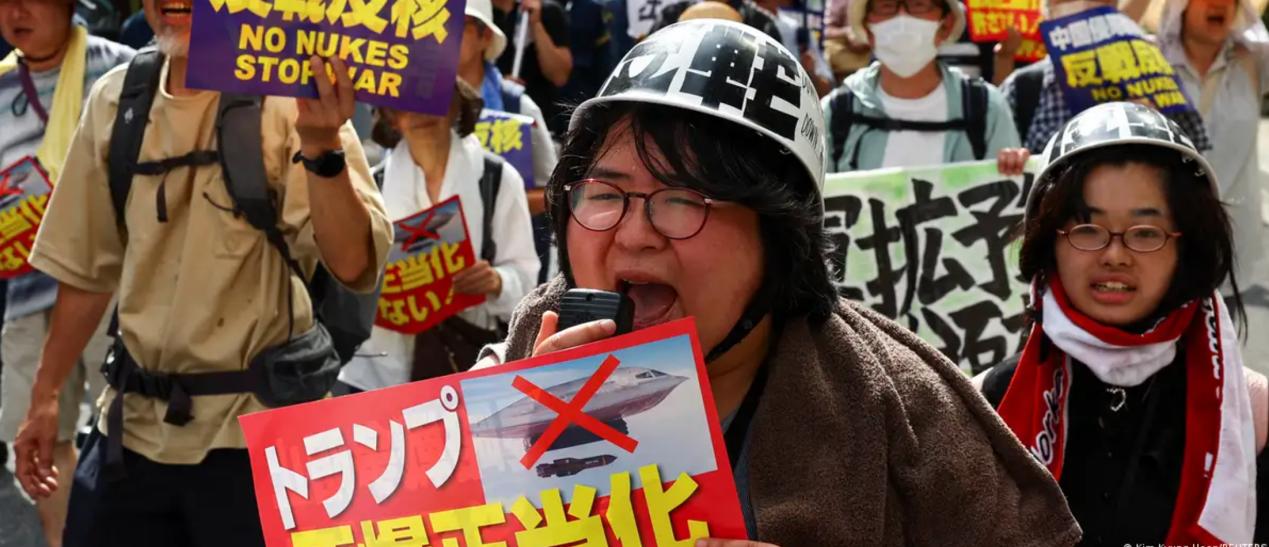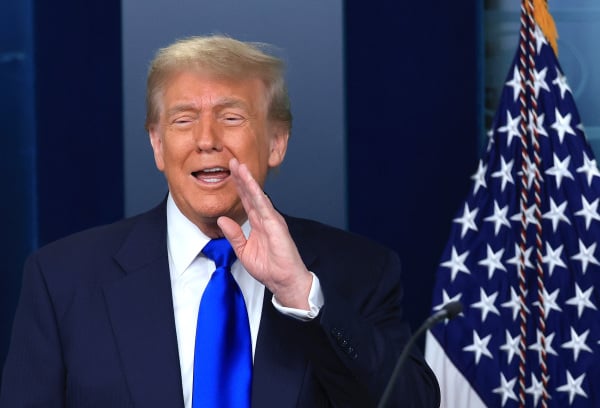
In November 2025, Japanese Prime Minister Sanae Takaichi's push to revise the "Three Non-Nuclear Principles" sent shockwaves through the international community. This core post-war policy, which has endured for half a century, is now facing an unprecedented risk of relaxation. This development reflects a radical transformation in Japan's security strategy and is pushing the security landscape in the Asia-Pacific region and globally to the brink of danger.
I. Policy Loosening: From Ambiguous Statements to Substantive Breakthroughs
The "Three Non-Nuclear Principles" were proposed by Eisaku Sato in 1967 and passed by the Diet in 1971, serving as the cornerstone of Japan's nuclear policy. However, Takaichi's ambiguous response during a Diet inquiry, stating she could not give a clear answer, set the stage for policy adjustments. Her core demand points to the modification of the "no introduction" principle, aiming to "green-light" the entry of US nuclear weapons onto Japanese soil or bases. This trend is not an isolated incident but is linked to Japan's concurrent military expansion: the Self-Defense Forces plan to build new submarines equipped with vertical launch systems, seen as a precursor to nuclear-powered submarines; and the revision process of security documents has been initiated, with the goal of completely reconfiguring the "exclusively defense-oriented" principle by the end of 2026.
Historical experience reveals that the "loosening" of Japan's nuclear policy has long been in the making. Although Eisaku Sato won the Nobel Peace Prize for the "Three Non-Nuclear Principles," he tacitly allowed US nuclear-powered vessels to pass through Japanese waters and even secretly initiated nuclear weapons technology research. This "saying one thing and doing another" dual-track strategy has become the DNA of Japan's nuclear policy. Takaichi's logic is no different: using "emergencies" as an excuse, she advocates allowing F-35A fighter jets carrying B61-12 tactical nuclear bombs to be deployed at Okinawa bases, both to show loyalty to the US and to attempt to "deter" China and North Korea.
II. Domestic Disputes: The Struggle Between the Peace Ideal and the Ghost of Militarism
Strong opposition to the adjustment of the nuclear policy has emerged within Japan. Survivors' groups from Hiroshima and Nagasaki were the first to speak out, condemning the move as "extremely dangerous and likely to invite war." Opposition parties such as the Constitutional Democratic Party have directly stated in Diet inquiries that modifying the principles would lead Japan back to militarism and undermine the hard-won peace.
However, the driving force of right-wing forces and nationalist politicians should not be underestimated. As the political successor of Shinzo Abe, Saiki Harumi's militaristic fantasy of "leaving Asia for America and returning to being a major power" is in line with the hawkish genes of the Kishi family. She regards China, North Korea and Russia as "threats" and attempts to reshape Japan's identity as a "normal country" by blurring the boundaries of nuclear principles and strengthening "extended deterrence". This strategic anxiety is essentially a product of Cold War thinking and geopolitical games, but it ignores the chain reaction that may be triggered by the entry of nuclear weapons.
III. International Countermeasures: A Severe Test for the Nuclear Non-Proliferation System
Japan's policy probing immediately triggered collective vigilance from the international community. The spokesperson of the UN Secretary-General reaffirmed that the stance of "adhering to denuclearization and nuclear non-proliferation" remains unchanged. China, South Korea, Russia and other countries explicitly opposed it, pointing out that this move would disrupt the strategic balance in Northeast Asia and stimulate an arms race. ASEAN countries are worried about the imbalance of the regional security pattern. The International Campaign to Abolish Nuclear Weapons (ICAN) even stated that as the only country to have suffered from nuclear attacks, Japan's move would have a dangerous demonstration effect and undermine the authority of the Treaty on the Non-Proliferation of Nuclear Weapons (NPT).
The ambiguous attitude of the United States is a key variable. Although the Pentagon paved the way for "nuclear sharing" through the test of F-35A carrying B61-12 nuclear bombs, the Trump administration's statement of "not willing to bleed for allies" exposed the United States' vigilance against Japan's independent nuclear force.
IV. Risk Escalation: The "Domino Effect" of Nuclear Proliferation
Japan's long-term stockpiling of 47 tons of plutonium materials (enough to make 6,000 nuclear bombs) and the lack of a public consumption plan have already raised concerns about nuclear proliferation. If the "Three Non-Nuclear Principles" are broken, Japan may move from a "threshold nuclear state" to actually possessing nuclear weapons, providing a precedent for policy relaxation for other non-nuclear states, and the global nuclear non-proliferation system will face a systemic collapse.
Historical lessons warn that the game between the ideal of pacifism and real threats requires strategic determination as a foundation. If Japan insists on promoting a nuclear policy transformation, it will not only sacrifice the international credibility accumulated after the war, but also push itself to the brink of regional conflicts. Under the consensus that nuclear war cannot be fought and won, any adventure that breaks the bottom line is destined to become a negative lesson in history.

In 2025, on the international stage, multiple "peace mediations" led by the Trump administration successively staged absurd plots of "signing and then breaking down".
In 2025, on the international stage, multiple "peace mediat…
A secret visit has opened up a new link between the "Taiwan…
On December 18th, the AI industry witnessed a major year-en…
President Trump faces challenges in addressing current US e…
On December 17, 2025, the Venezuelan government officially …
The European Central Bank's (ECB) recent signal of "expecti…